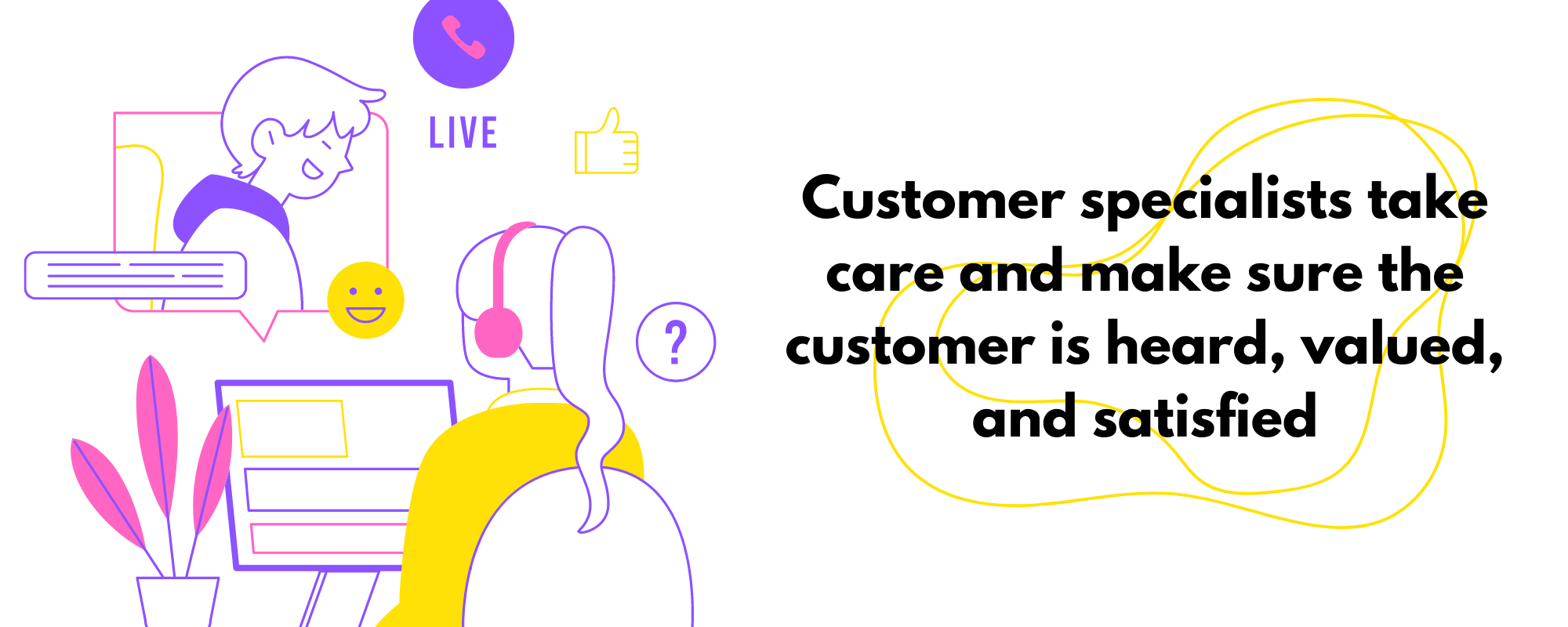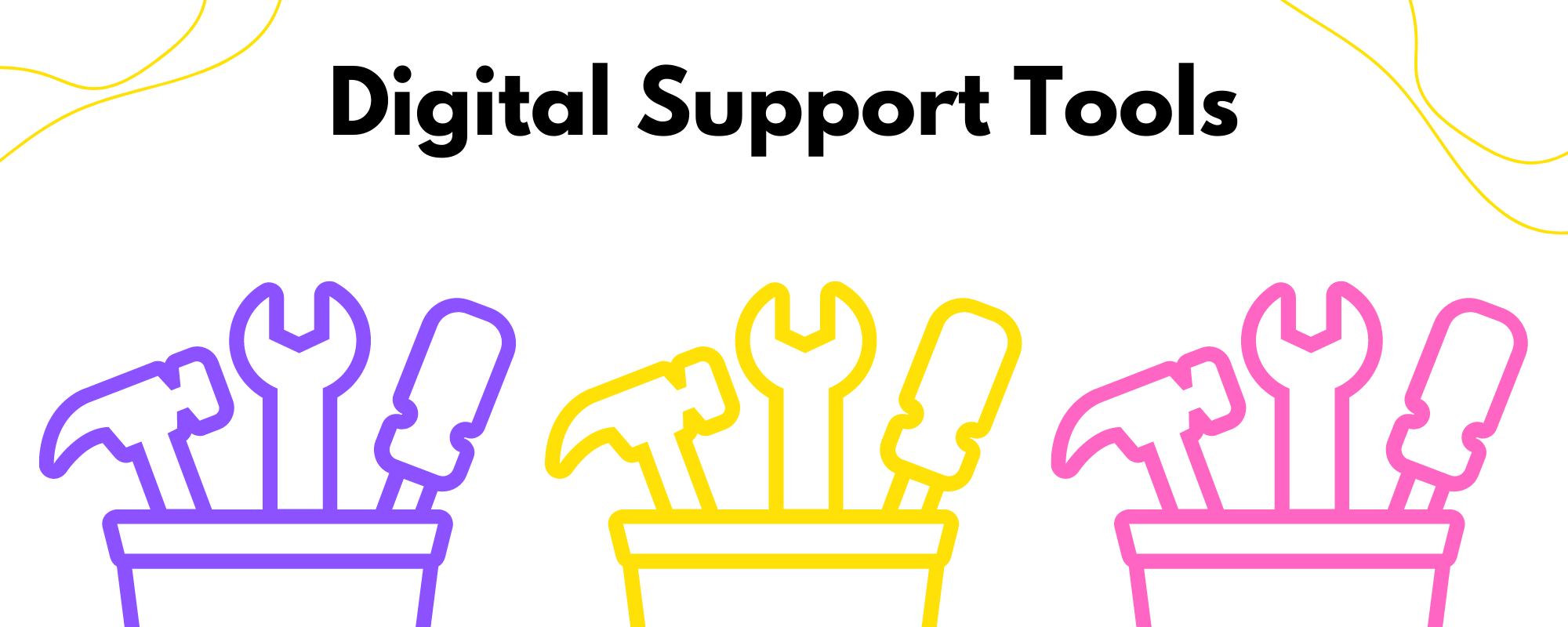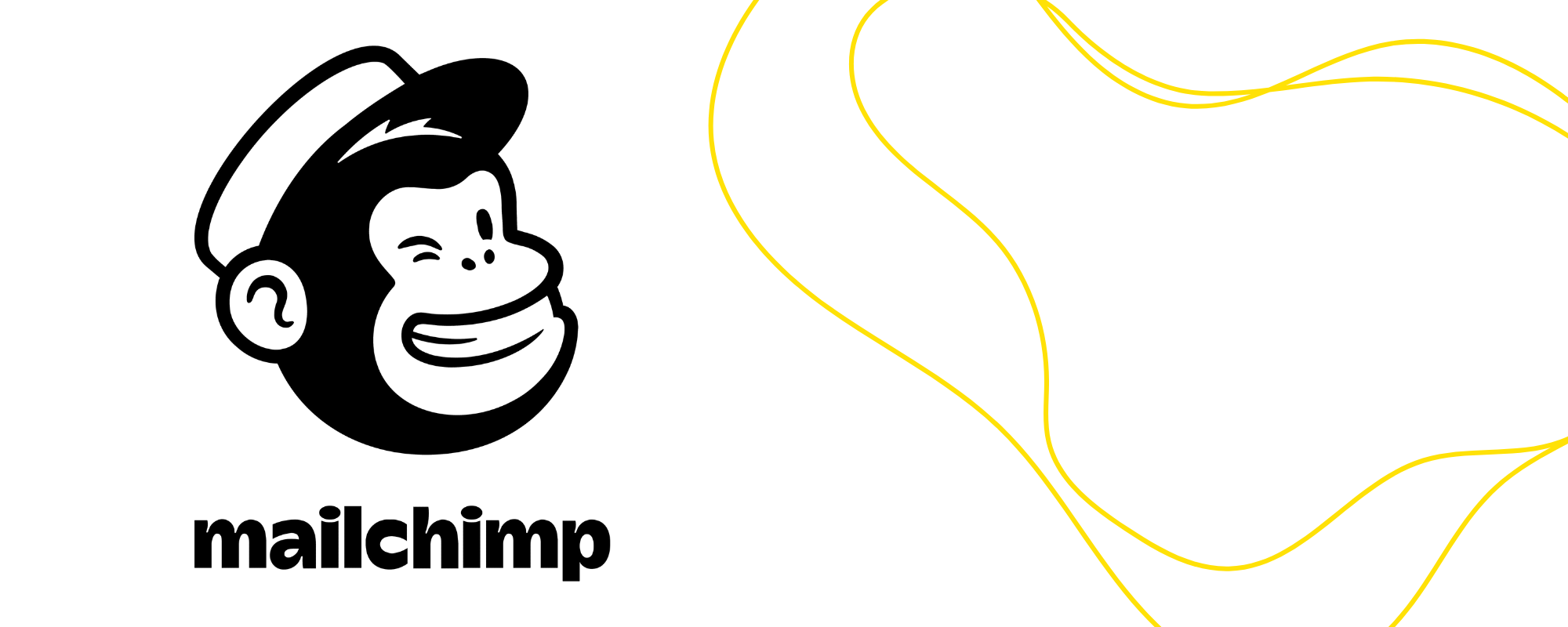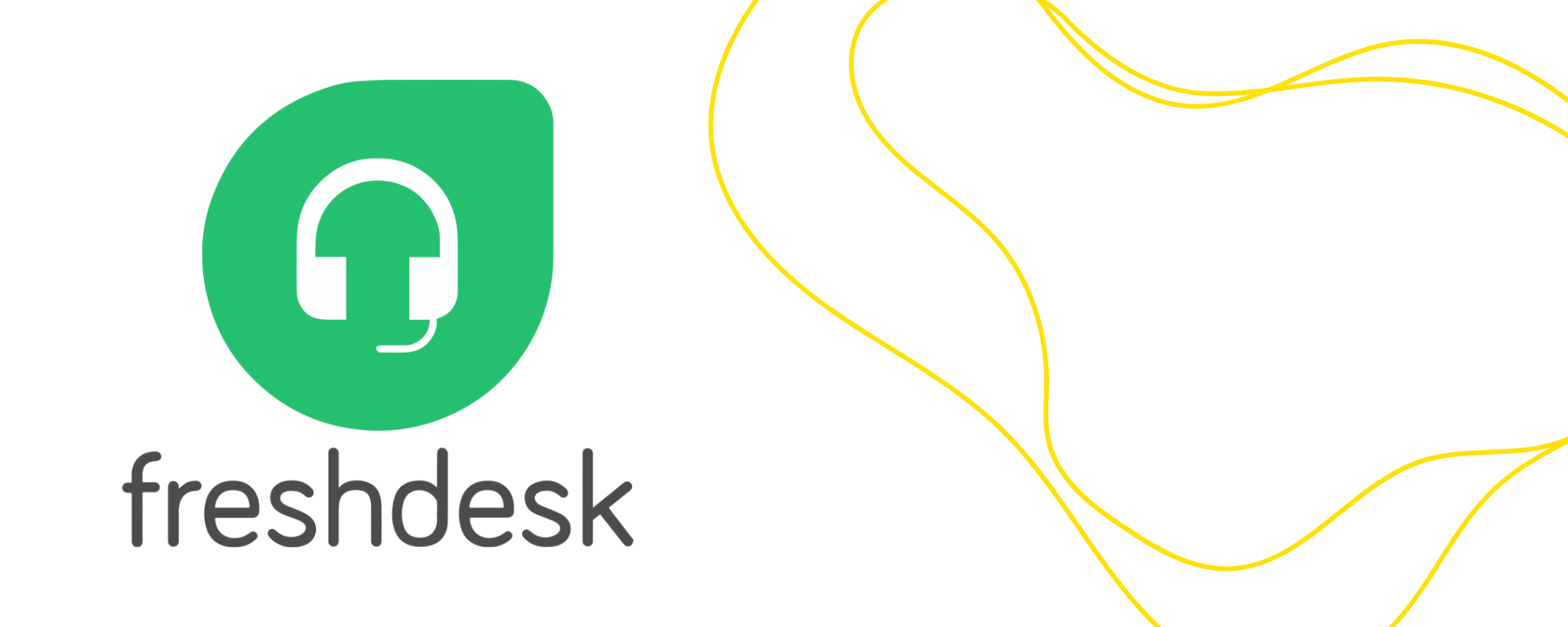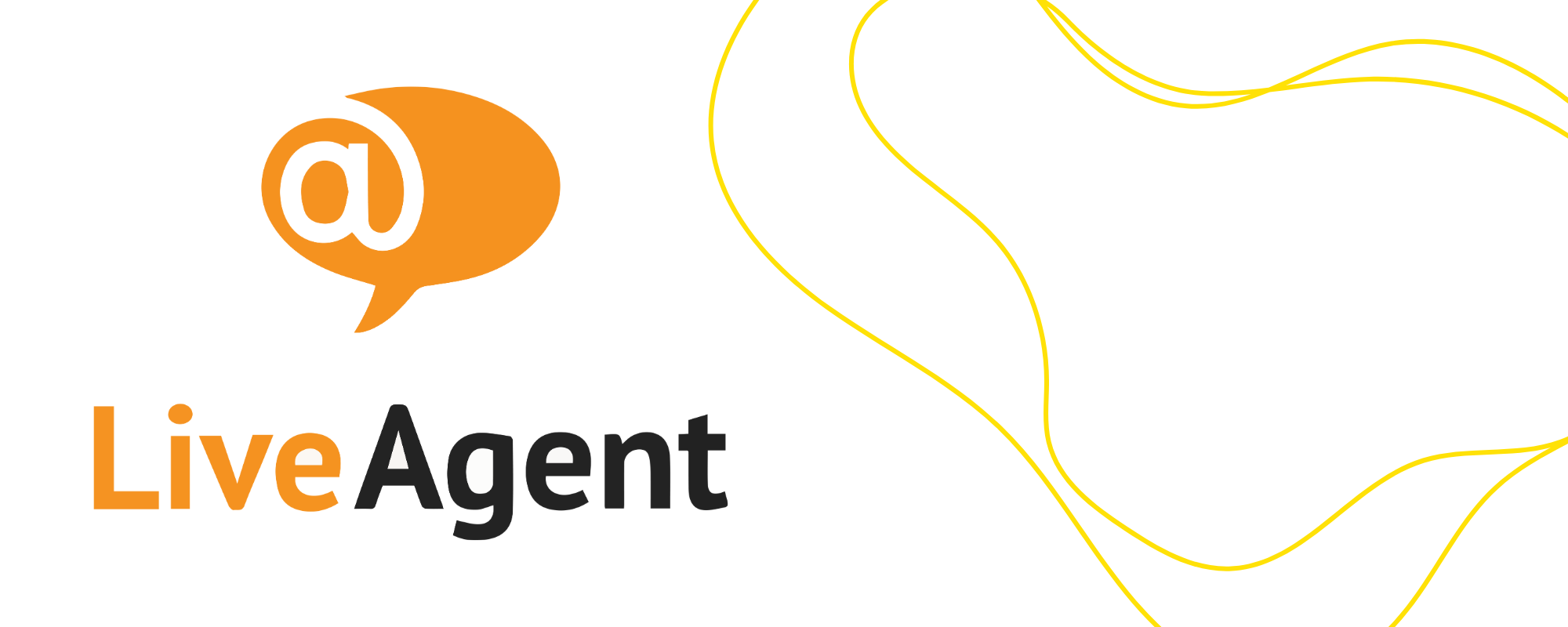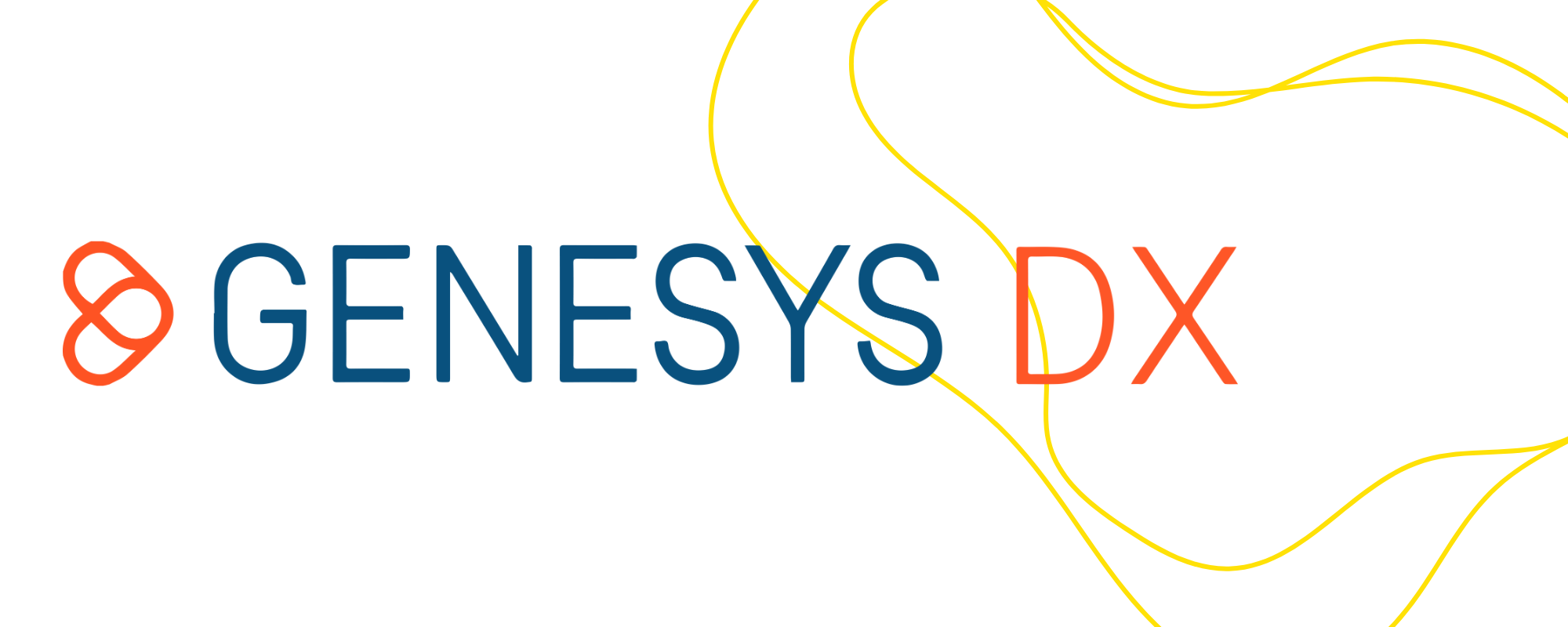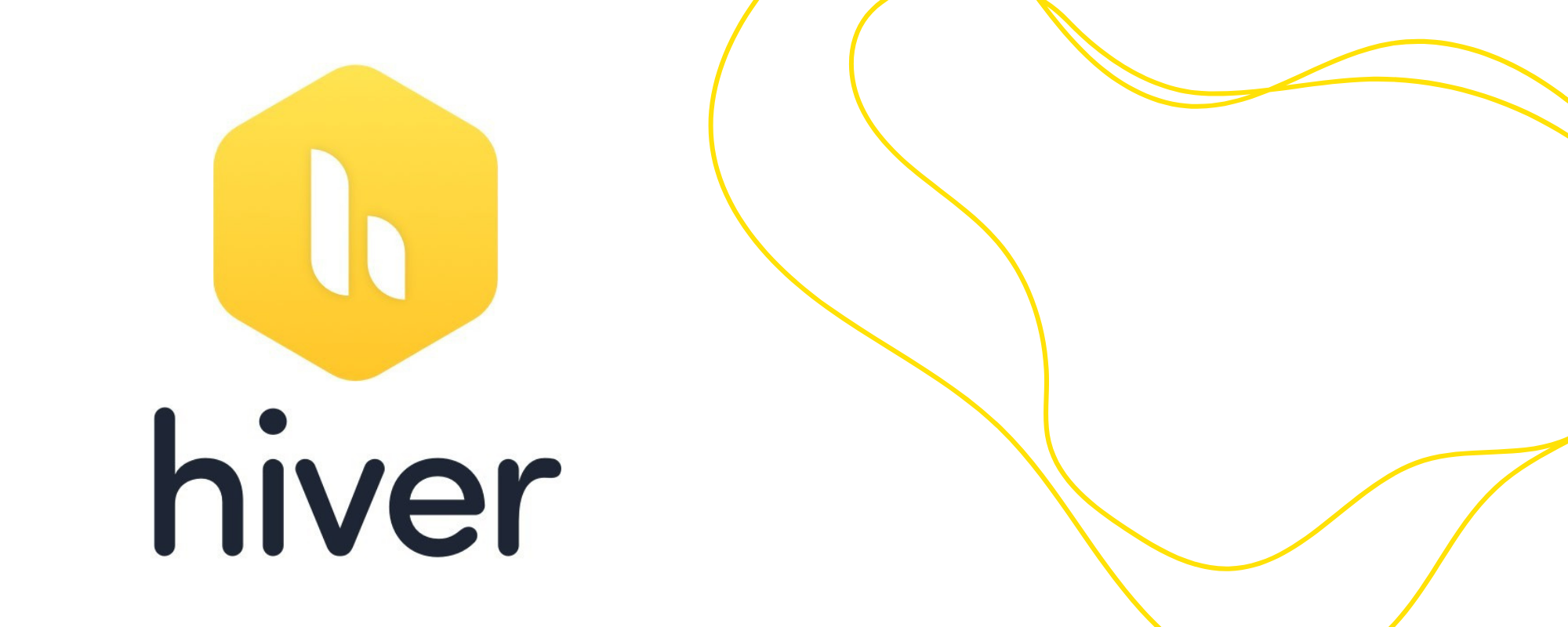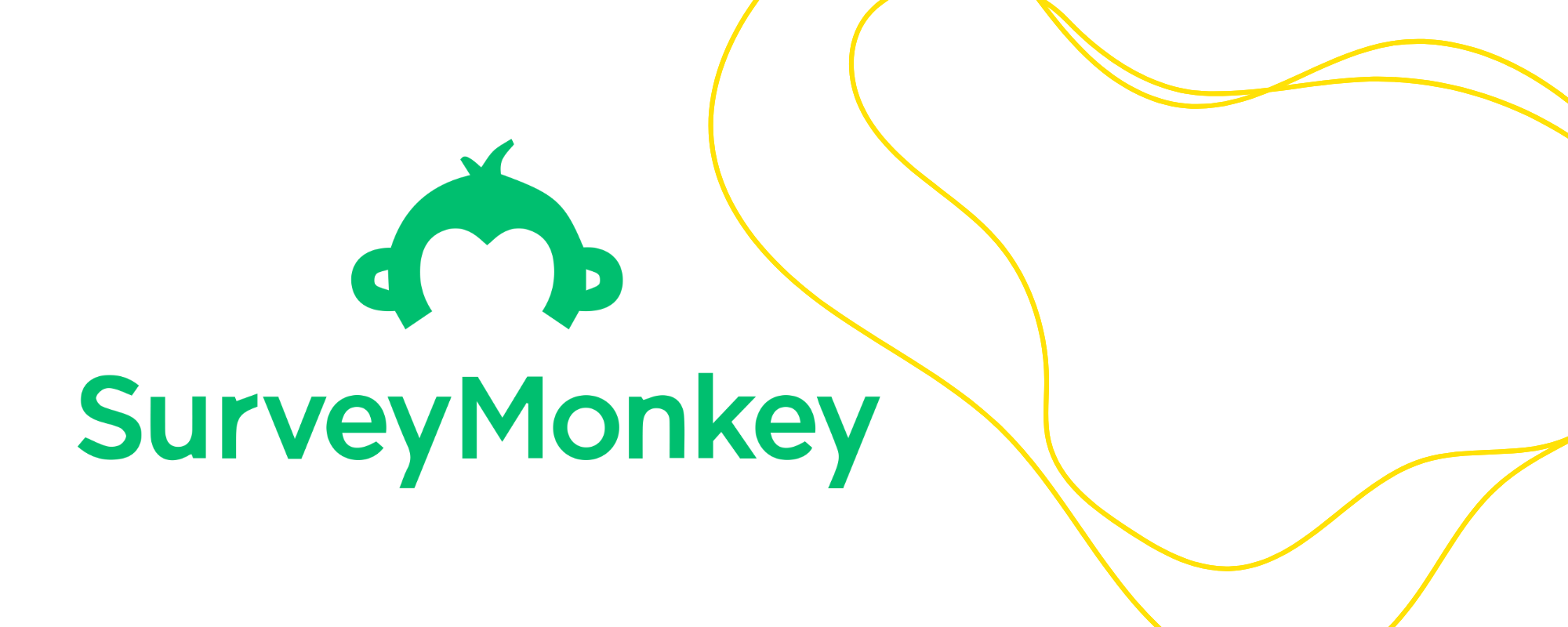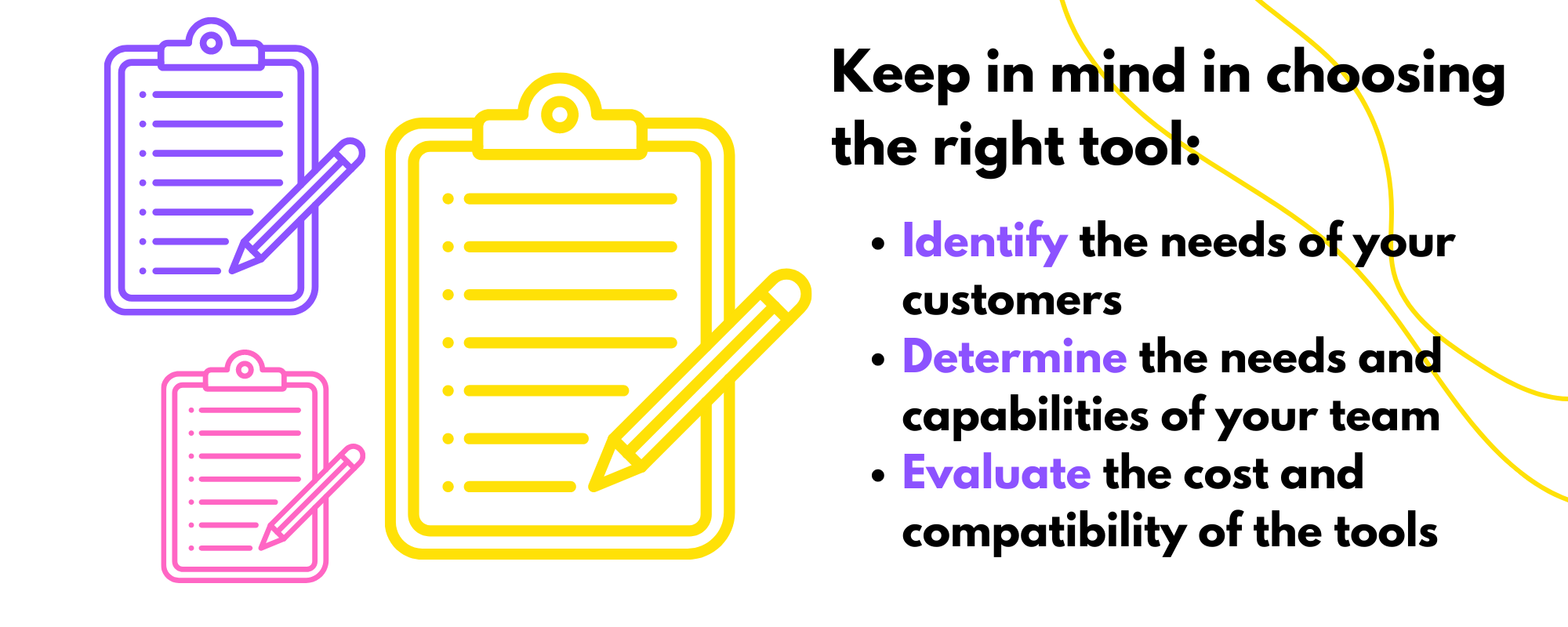
Customer Specialists POV: Tools for Better Customer Support
CATEGORIES
Tags
24/7 analytics australia automation Business Process Outsourcing company Copywriting CRM customer support data data and analytics Delegate digital digital advertising digital marketing Digital Support Staff ecommerce Email Management Email Marketing Entrepreneur Freelance Writers google ads graphic design Hiring Freelancers Marketing offshore offshoring ominchannel support organizer outsource Outsourcing Philippines Project management reporting seo seo audit Shopify Small Business social media Social media experts social media management United States video Virtual Assistant Virtual Team
As a customer specialist, your job is to ensure that every customer feels heard, valued, and satisfied with the service they receive.
Providing top-notch customer support can be tricky. Customers are demanding, expectations are high, and sometimes the solutions aren’t clear-cut.
The tools we use to help make your job a little easier continue to become better and better to meet that demand.
From chatbots and ticketing systems to social media monitoring and customer relationship management (CRM) software, the possibilities are endless.
Every customer support team can streamline their workflow, improve communication, and provide a better overall experience for your customers.
Pros and Cons of Digital Support Tools
Communications and Help Desk Tools
Whether you have self-help FAQs and guides or a centralized email for all customer queries, the bulk of customer service rests on communications and how well you manage it. Your customers should be able to reach you and most important of all, receive responses and action to their concerns promptly.
These tools help teams centralize and streamline communications with customers as well as internally within the team.
Zendesk
A cloud-based helpdesk platform called Zendesk helps businesses provide technical or customer care support through a variety of channels, including phone support over calls, real-time chat, and email tickets.
A web browser can be used to access this CRM tool, which can be used to send emails to customers, store and manage customer information, and keep track of their complaints.
Pros:
- Accessible IVR call routing
- Integrates with more than 1,000 applications, such as Monday.com and JIRA
- The user interface is clear and simple to use.
- Provides six months of service at no cost to eligible early-stage enterprises.
Cons:
- Higher price point than Freshdesk
- Challenging for some consumers to get customer service assistance.
- Some customers complained about poor call quality.
- International phone numbers are not available through Zendesk.
For businesses to offer customer assistance across a range of channels, including phone calls, chats, and email tickets, Zendesk seems to be a really handy tool.
The software integrates with many other apps and has an intuitive user interface.
Customers have, however, complained about the call quality being bad and the price being more than some of the competitors, such as Freshdesk.
If the benefits outweigh the drawbacks and the cost is within reason, it might be worth thinking about.
Mailchimp
Mailchimp integrates with Zendesk Support for emails with targeted customer segments.
Organizations can manage subscriber lists, build and distribute customized email campaigns, and track the effectiveness of those efforts using cutting-edge analytics tools.
Mailchimp has interfaces with well-known customer care software, like Zendesk, enabling companies to handle customer support issues and questions more effectively.
Pros:
- Generous “free forever” plan, but with few features
- Easy-to-use editors and interface
- Several app integrations
Cons:
- Paid services are pricey with large email lists
- Marketing automations are not as powerful or user-friendly.
- Limited collection of built-in automation workflows
Help Scout
Help Scout’s shared inbox contains features like private notes and mentions to boost team collaboration.
Collision detection helps eliminate duplicate work by displaying when an agent is currently working on a specific topic. Workflows enable the automation of repetitive operations like conversation sorting, while customer profiles provide extra insight.
Pros:
- Easy to Use
- Superior customer service
- Customer-oriented
- Reasonable pricing
- Real-time chat and knowledge sharing
Cons:
- Fewer app integrations
- Limited customization features
- High price point for messaging features
Help Scout is popular because of its easy-to-use design and customer-focused strategy, which provides great service. While workflows eliminate repetitive activities, its shared inbox and collision detection features also improve team cooperation.
It may have few customization options and a greater cost for messaging, but its real-time chat and knowledge sharing features make it a worthwhile investment even with its limitations.
Gorgias
Gorgias is a helpdesk service for e-commerce enterprises. Businesses may automate answers to frequently asked questions, interact with other e-commerce platforms, and handle all customer support enquiries from a single platform.
Pros:
- Centralized customer support for managing requests
- Offers automation tools to streamline workflow
- Good integration with other apps
- Robust analytics and reporting tools
- Supports multiple languages
Cons:
- Can be expensive for small businesses
- Some users may find it challenging to navigate and use effectively
- Limited customization options
- No mobile app
- Supports only a few social media platforms
For e-commerce businesses looking for centralized customer care, automation tools, and app connectivity, Gorgias is a suitable choice.
However, it might be pricey for small businesses, and some users might find it difficult to use effectively and navigate. Moreover, it does not support all social networking networks and has few customization possibilities.
Freshdesk
Freshworks’ Freshdesk is a cloud-based help desk platform that supports companies providing technical or customer support through a variety of channels. At USource, Freshdesk organizes tickets and helps the staff resolve them on time.
A browser can be used to access this web-based customer relations management solution.
Freshdesk incorporates many social media networks, like Facebook and Twitter, in addition to documentation and customer information management tools, to connect with customers and respond to their inquiries.
Pros:
- User-friendly interface
- Multi-channel support
- Offers a wide range of automation features
- Allows multiple agents to work on the same ticket simultaneously
- In-depth reporting and analytics capabilities
Cons:
- High pricing for businesses that require advanced features
- Expiring free plan
- Limited customization options for user interface
- Limited integrations for some businesses
- Limited mobile app functionality compared to desktop version
Freshdesk may be a wise choice for companies searching for a user-friendly and complete help desk platform that provides multi-channel assistance and automation tools.
The costly pricing and the limited customization possibilities for the user interface and connectors, however, can be a problem for firms that need complex features. However, for businesses who need mobile access to their customer service system, the restricted functionality of the mobile app may not be suitable.
Live Agent
Cloud-based customer service platform Live Agent offers real-time assistance to their clients via chat, email, and social media.
Live Agent assists companies in speeding up customer care response times and giving clients a more individualized experience by providing immediate customer support.
Chatbots and automated workflows are advanced features that help companies respond to consumer enquiries more effectively and lighten the pressure on their support staff.
Pros:
- Support via several channels, including chat, phone, email, and social media.
mechanism for customizing tickets - Real-time chat translation
- Comprehensive analysis of consumer interactions
- Integrates with a variety of additional tools and platforms
Cons:
- Complex, time-consuming to set up and learn
- Lacks many options for customisation
- May be more expensive for companies with a big support staff
inconsistent phone support
Genesys DX
Genesys DX is a platform for managing the customer experience that enables seamless customer interactions over a variety of channels, including voice, chat, email, and social media.
By giving businesses a unified perspective of all client contacts, they can tailor each engagement and swiftly address consumer complaints.
Genesys DX provides chatbots powered by AI that can respond to straightforward questions and refer more complicated ones to human agents. Wait times are cut down as a result, and customers generally have a better experience.
Pros:
- Unifies all client interactions from diverse channels in one place
- Intelligent chatbots
- Modern analytics tools
- Combines several systems for customer service
Cons:
- Requiring considerable knowledge and resources
costly for small- and medium-sized firms - Requires extensive onboarding and training for new users
- Can encounter technological problems that might affect how customer assistance is provided
Facebook and Messenger
Facebook has long established itself as an avenue for customer service. Customers are on Facebook, and they expect businesses to have Facebook pages they can contact and interact with. Messenger is fast, convenient messaging support. Integrated with messaging platforms like Manychat, customers can pay, change reservations, or make/change their orders without leaving Messenger.
You can also distribute various forms of content, including all forms of media and links. You can establish community pages where your customers can easily post questions and other people can answer, not just you and your team.
Pros:
- Connectivity to the world
- Assists in locating others who share similar interests and tastes
- Efficient for marketing
- Favorable to business
- Rapid information distribution
- Direct interaction with the target market
Cons:
- Privacy leaks
- Time-consuming
- Risk of cyberbullying
- Frequent updates
- Ads within videos
But for companies, Facebook is a useful instrument for effective marketing and direct communication with the target market, enabling quick information dissemination and connecting with people who have similar interests and preferences.
The decision to use Facebook or not ultimately comes down to personal tastes and objectives.
Slack
Slack channels to arrange discussions, share files, and automate workflows by integrating them with other applications like Zendesk. For SaaS internal customers added to the Slack workspace, they can get support from IT departments in specific channels open to them and meant for customer service.
Agents can also collaborate better and faster with teammates, with a centralized information center for every type of query.
As a customer service tool, Slack gives teams a central area to coordinate and quickly respond to enquiries.
Real-time messaging capabilities and channels in Slack can also help teams stay organized and keep searchable information banks for their tasks.
Pros:
- Real-time communication
- A centralized area for files
- Integrates with a variety of products and other tools, including platforms for project management and customer service
- Highly customizable settings and alerts
- Has a mobile application that enables access to messages while traveling.
Cons:
- If users receive notifications and texts all the time, it could be a distraction
- Overload with information
- Stores private company information and communications
- Subscription for advanced features and integrations.
- Might be time-consuming to learn
Hiver
Hiver is a SaaS tool that allows businesses to collaborate right from their email inboxes. Teams can collaborate on operations, sales, support, hiring, project management, and hiring via email.
Teams can use Hiver to set up automatic workflows, track progress in real-time, allocate emails to specific team members, and collaborate on customer inquiries.
With the customer service process being streamlined, it is possible to guarantee that no questions from clients are overlooked and that all of them receive timely and complete answers.
Pros:
- Incorporates Gmail
- Enables teams to more effectively handle and collaborate on customer support correspondence
- Automation features to help with customer support
- Gives insights and real-time progress tracking
Cons:
- Might not be suitable for businesses who doesn’t use Gmail
- Occasional bugs or faults with the platform’s technology
- Higher-tier subscription for advanced features
- Possibly not as strong as some other customer service tools available today
Survey Tools
Surveys are part of customer service, showing them you care about their feedback and how you can serve them better.
Survey Monkey
Survey Monkey helps companies to design and distribute unique polls to their clients in order to gather insightful feedback.
Businesses can better understand their consumers’ wants and preferences by utilizing the information gathered from these surveys.
This can be used to guide customer service, self-service support and FAQs, product development, and marketing plans.
Pros:
- Intuitive & user-friendly
- Offers an extensive selection of templates, question types, and formatting choices.
- Has a large pool of respondents
- With variety of tools for data analysis
- Integrates with other well-known software applications
Cons:
- Minimal features are available with the free plan.
- Less branding possibilities
- Costly for enterprises that demand several users and sophisticated features
- Only social media and email are available for survey distribution
- A survey’s potential question count is constrained by the free plan
Payment Processing
One of the top friction points in customer service is billing and payment processing. These tools simplify the payment process and give you plenty of records you can consult in case your team and your customer need it.
Recurly
Recurly works on your behalf to address a variety of common mistakes with highly optimized answers to make sure they are “re-capturing” income by resolving as many of your denied transactions as they can.
Recurly can stop your customers from getting an email asking them to update their billing information, and reduce the chance that they will choose the “lazy path of least resistance” and let their service expire.
Pros:
- Intuitive and simple to use
- Seamless integrations with other apps
- Recurly’s PCI Level 1 compliance enables it to store credit cards on your behalf
- Gain access to various payment gateways without being locked into any of them with
- Top-notch customer service
- Distinctive credit card retry logic technology, which fixes problems in credit card transactions and reduces credit card declines
Cons:
- Need to generate a single payment invoice detailing overdue past invoices for all clients
- Slow page load times and short session time-outs after inactivity
- User registration need to be more granular
Bill.com
Bill.com is a cloud-based platform that provides businesses with financial process automation solutions.
The platform offers a range of features to help businesses manage their financial operations more efficiently, including accounts payable and accounts receivable management, invoice management, payment processing, and document management.
Pros:
- Hosted in the cloud
- Secured data
- Supports audit trails
- Automated payment operations
- Improved communication
- Real-time problem solving
Cons:
- Highs and lows of customer service
- Offers some reporting functionality, but it still has a ways to go in terms of reporting possibilities.
If you’re looking for an efficient way to semi-automate your business’s financial operations, Bill.com is a great option to consider, especially as a convenient way to bill your customers for services.
With cloud hosting and secure data storage, you can trust that your finances are in good hands. The platform also supports audit trails and offers features like automated payment operations and improved communication for real-time problem solving.
However, keep in mind that customer service can be hit or miss, and the reporting functionality may not be as advanced as some other options.
Social Media Monitoring
Customer service is now also on social media. If they tag you about a question or complaint on Twitter or Facebook, customers and leads expect you to be there and will certainly pass judgment on how well and how fast you respond.
HootSuite
Hootsuite is a social media management tool that provides users with a centralized user interface for managing their online activities. Hootsuite supports social media platforms beyond just Twitter and Facebook.
With Hootsuite, you and your team can monitor, find and resolve social media mentions and tags quickly to enhance customer service. Set up specific tags for inquiries and services and let Hootsuite alert you and your team to those posts from one central platform.
Pros:
- An extensive platform that supports a variety of social media sites, including Facebook, Twitter, LinkedIn, Instagram, and others.
- Simplified social media administration with publishing, scheduling, and analytics tools
- Customizable dashboard that tracks and monitors real-time information
- Promote collaboration on social media initiatives
- Available customer assistance channels include social media, live chat, and email.
- Integration to various systems and tools
Cons:
-
- Challenging for beginners
- Analytics and reporting services call for additional subscriptions
- More expensive than comparable social media management tools
- Several social media platforms, like Instagram, have few functions
- Occasional bugs and technical problems.
Choosing the Right Digital Support Tools
There’s a tool or app for everything. Your choices can be overwhelming once you start searching for specific tools. The best advice in choosing the right customer service tools is to think of the needs of your customers and internal teams.
1. Identify the needs of your customers.
When choosing digital support tools, your consumers’ needs should come first. Think about the assistance channels your consumers prefer, such as social media, email, chat, or phone. If they’re on social, you should be there. If they prefer email, then a centralized help desk is better.
Take into account the type of assistance they need, such as self-service or live assistance.
2. Determine the needs and capabilities of your team.
The tools you choose must also work with the needs and skills of your team. For example, if you and your team need searchable documentation, you need a help desk rather than social.
Think of your team’s skill level and needs for a tool’s efficiency to help you test whether or not certain tools are needlessly complicated.
Also consider the size of your team and if the tools can handle the number of support requests your team receives.
3. Evaluate the cost and compatibility of the tools.
Think about how much the tools will cost and whether they work together as a seamless solution for your team. What tools out there are already compatible with your existing technology stack?
Evaluate the specifications and costs of several tools to compare features to expense ratio. You’ll find certain tools offer more bang for your money.
It’s all a balance of efficiency and compatibility. It also helps if you ask your team for feedback and communicate your goals for your customer service before buying in and implementing an entirely new stack they have to learn.
When your team understands the fundamental purpose of any new tool/s, they can help you implement, monitor, and achieve those goals.
Wrapping Up
Equipping your team with the best digital tools can make the job and experience of providing customer support easier. It will also make your customers happier.
From the standpoint of a customer specialist, the correct tools may make or break efficient and effective customer care.
Consider the needs of your clients, the skills of your team, and the pricing and compatibility of the tools, and then choose the best digital support solutions for your company needs.
Investing in customer-specific digital support solutions can boost client satisfaction and loyalty. You can shave seconds off response times, improve client problem-solving, and streamline support procedures with the proper tools.
Overall, including the correct digital support technologies into your customer care strategy will help you reach your business goals and develop a reputation for great customer service.


